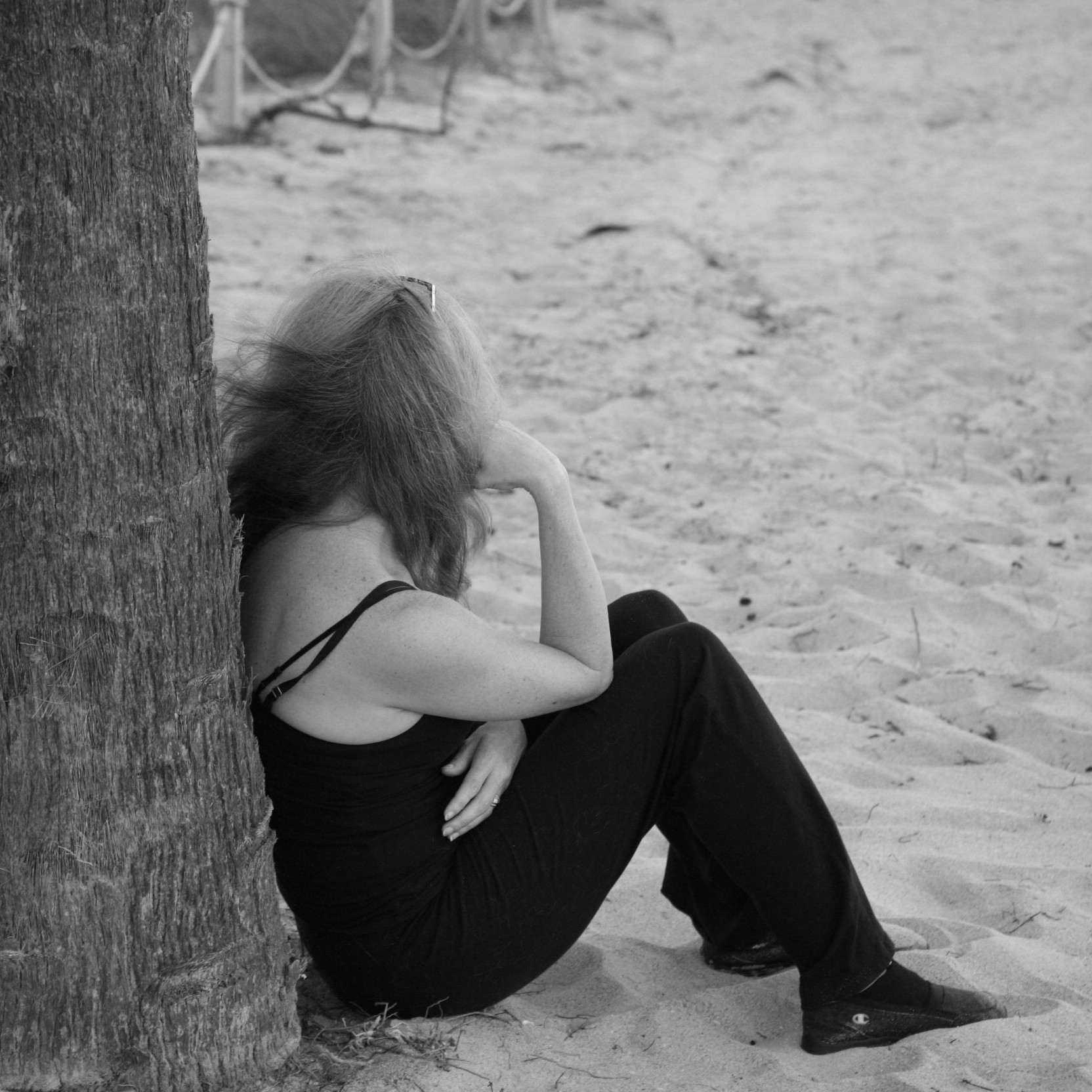Navigating the Depths: Unraveling the Nuances of Clinical Depression and Situational Depression
Editorial Team
Depression is a complex and multifaceted mental health condition that manifests in various forms, affecting individuals in distinct ways. Among the diverse array of depressive disorders, clinical depression and situational depression stand out as two distinct entities, each characterized by unique features and contributing factors. This exploration aims to dissect the dissimilarities between clinical and situational depression, shedding light on their clinical presentations, causes, and treatment approaches.
Clinical Depression: Clinical depression, often referred to as major depressive disorder (MDD), is a pervasive and persistent mental health condition. It is marked by a profound and sustained low mood, accompanied by a range of cognitive, emotional, and physical symptoms. Diagnostic criteria typically include the presence of symptoms such as persistent sadness, loss of interest or pleasure in previously enjoyed activities, changes in appetite and sleep patterns, fatigue, feelings of worthlessness or guilt, impaired concentration, and recurrent thoughts of death or suicide. Clinical depression tends to be enduring, with symptoms persisting for at least two weeks and often lasting for months or even years. Biological, genetic, and environmental factors can contribute to the development of clinical depression, making it a complex interplay of nature and nurture.
Situational Depression: Situational depression, also known as adjustment disorder with depressed mood, is a more time-limited and context-specific form of depressive experience. This type of depression emerges in response to identifiable life stressors or major life changes, such as the loss of a job, divorce, financial difficulties, or a significant illness. Unlike clinical depression, situational depression is directly linked to external circumstances and tends to resolve itself as the individual adapts to or copes with the triggering event. The symptoms of situational depression mirror those of clinical depression, but they are generally of shorter duration and often lessen as the individual’s situation improves.
Distinguishing Factors:
- Duration and Persistence:
- Clinical Depression: Endures for extended periods, often requiring long-term intervention.
- Situational Depression: Typically resolves as the individual adjusts to or copes with the specific stressor.
- Underlying Causes:
- Clinical Depression: Rooted in a combination of genetic, biological, and environmental factors.
- Situational Depression: Directly linked to identifiable life events or stressors.
- Treatment Approach:
- Clinical Depression: May involve a combination of psychotherapy, medication, and lifestyle changes.
- Situational Depression: Responds well to supportive therapy, coping strategies, and addressing the underlying stressor.
Conclusion: In unraveling the distinctions between clinical depression and situational depression, it becomes evident that while both share common symptoms, their origins, durations, and treatment approaches differ significantly. Recognizing these differences is crucial for accurate diagnosis and the implementation of effective intervention strategies tailored to the specific nature of each depressive condition. Whether enduring and complex or time-limited and situational, depression demands a nuanced understanding to guide comprehensive and compassionate mental health care.

